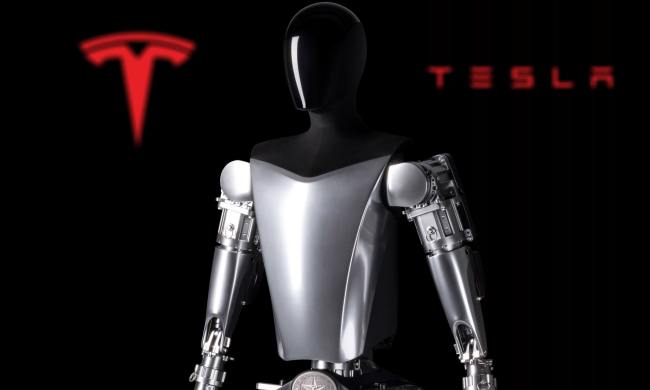BMW caused much consternation last year when it launched a subscription-only option for heated car seats.
The idea of having to pay a monthly fee of $18 to keep your posterior warm during the winter months still seems as absurd as ever, but the good news is that the German automaker has now decided to scrap the fee. What particularly irked customers was that they felt they were being forced to cough up extra for functions that would previously have been expected as standard. The fiasco even prompted a community of hackers to offer their services to unlock the feature for those unwilling to pay extra for it.
Although U.S. drivers never faced the tricky decision of whether to fork out extra for heated seats, BMW owners in Germany, the U.K., and several other countries did.
But in a recent interview with Autocar, Pieter Nota, BMW’s board member for sales and marketing, said that while it continues to make some functions such as driving and parking assistance subscription only, heated seats can now be bought, or declined, at the point of purchase.
“We thought that we would provide an extra service to the customer by offering the chance to activate [heated seats] later, but the user acceptance isn’t that high,” Nota said. “People feel that they paid double, which was actually not true, but perception is reality, I always say. So that was the reason we stopped that.”
BMW’s idea for heated seats so upset U.S. lawmakers Paul Moriarty and Joe Danielsen that when it was proposed, the pair spoke of banning the practice to prevent other automakers from trying the same thing. “Car companies are increasingly seeking to charge consumers a subscription fee to access certain features on their vehicles, such as heated seats, even though the components necessary for the feature to function are already installed on the vehicle at the time of sale,” the lawmakers said. “During this time of rising consumer prices, it is important to guard against business practices that primarily serve to increase corporate profits.”


